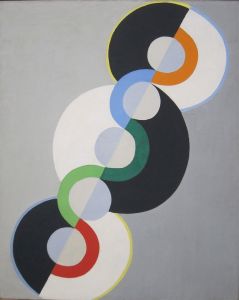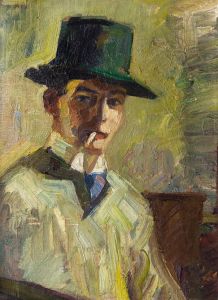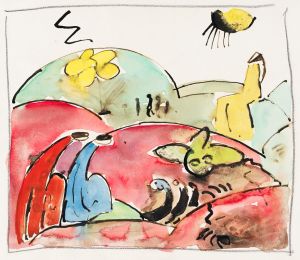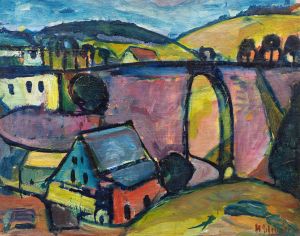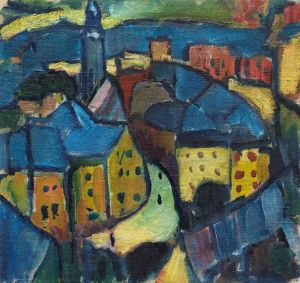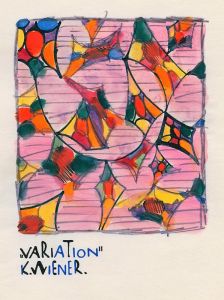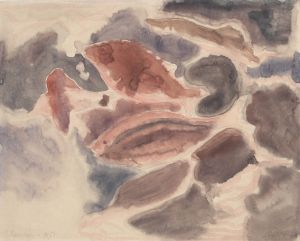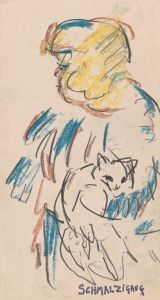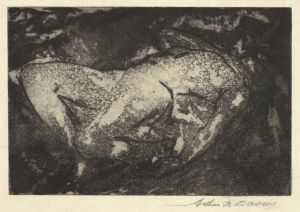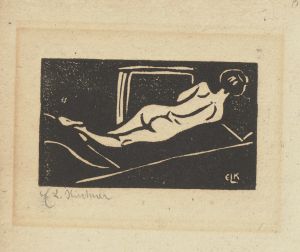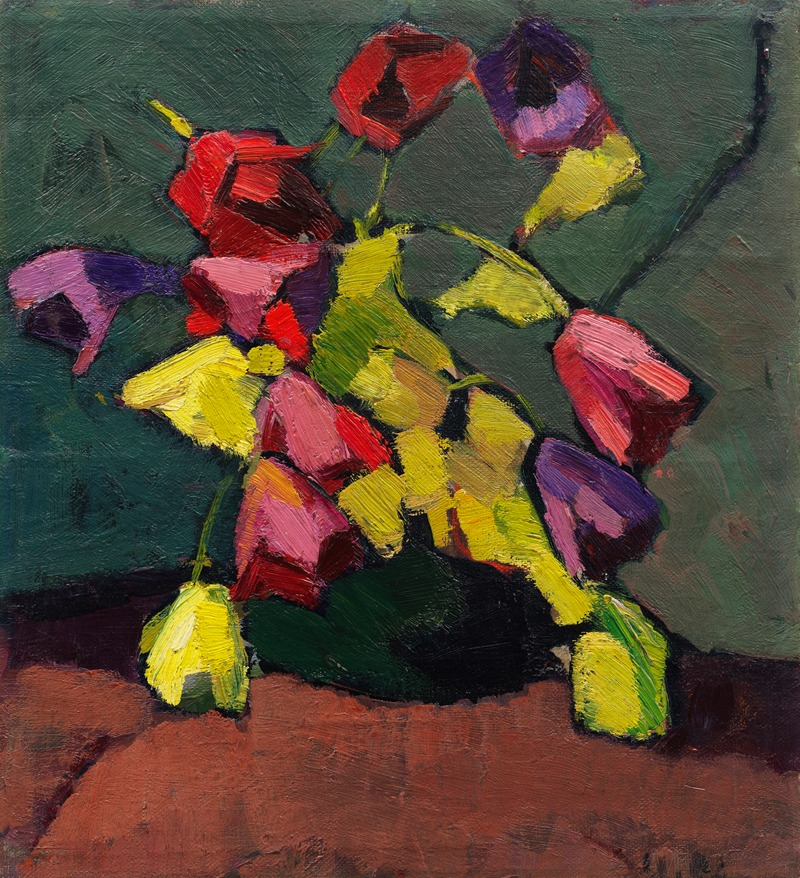
Tulpen in grüner Vase
A hand-painted replica of Hermann Stenner’s masterpiece Tulpen in grüner Vase, meticulously crafted by professional artists to capture the true essence of the original. Each piece is created with museum-quality canvas and rare mineral pigments, carefully painted by experienced artists with delicate brushstrokes and rich, layered colors to perfectly recreate the texture of the original artwork. Unlike machine-printed reproductions, this hand-painted version brings the painting to life, infused with the artist’s emotions and skill in every stroke. Whether for personal collection or home decoration, it instantly elevates the artistic atmosphere of any space.
Hermann Stenner was a German Expressionist painter, born on March 12, 1891, in Bielefeld, Germany. He was a prominent figure in the early 20th-century art scene, known for his vibrant use of color and dynamic compositions. Stenner's career, although tragically short-lived due to his untimely death during World War I, left a significant impact on the Expressionist movement.
One of Stenner's notable works is "Tulpen in grüner Vase" (Tulips in a Green Vase). This painting exemplifies his skillful use of color and form, capturing the essence of the Expressionist style. The artwork features a simple yet striking composition: a bouquet of tulips arranged in a green vase. The choice of tulips, a flower often associated with beauty and transience, reflects the themes of life and impermanence that are prevalent in Expressionist art.
Stenner's use of color in "Tulpen in grüner Vase" is particularly noteworthy. The vibrant hues of the tulips contrast sharply with the muted tones of the background, drawing the viewer's attention to the flowers. The green vase serves as a central anchor in the composition, its color harmonizing with the surrounding elements while also providing a sense of stability and balance. This interplay of colors is a hallmark of Stenner's work, showcasing his ability to convey emotion and depth through his palette.
The brushwork in "Tulpen in grüner Vase" is expressive and dynamic, characteristic of Stenner's style. The loose, gestural strokes imbue the painting with a sense of movement and vitality, capturing the fleeting beauty of the tulips. This technique also reflects the influence of other Expressionist artists of the time, who sought to convey emotional experiences rather than realistic depictions.
Hermann Stenner's artistic journey was shaped by his education and interactions with other artists. He studied at the Academy of Fine Arts in Stuttgart under the tutelage of Adolf Hölzel, a key figure in the development of modern art in Germany. Stenner was also associated with the Sonderbund group, a collective of avant-garde artists who played a crucial role in promoting Expressionism.
Despite his promising career, Stenner's life was cut short when he was drafted into military service during World War I. He died on December 5, 1914, at the age of 23, in the Battle of Łowicz-Sanniki in Poland. His death marked a significant loss to the art world, as he was considered one of the most talented young artists of his generation.
"Tulpen in grüner Vase" remains a testament to Hermann Stenner's artistic vision and his contribution to the Expressionist movement. The painting continues to be appreciated for its emotional depth and technical mastery, reflecting the enduring legacy of an artist whose potential was never fully realized due to the ravages of war.





